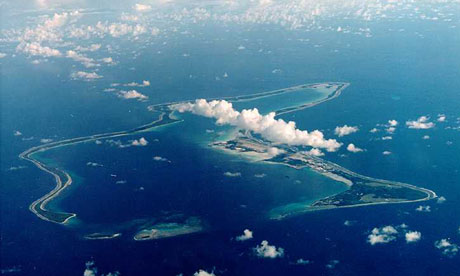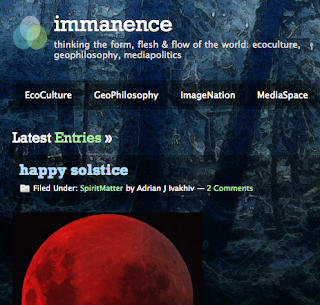1) Australian economist John Quiggin, author of Zombie Economics, recommends a recent book, State of Innovation, edited by Fred Block and Matthew Keller that examines the process of innovation in the US. He writes that the books key conclusion is:
… over the last four decades, government programs and policies have quietly become ever more central to the American economy. From “basic research” to commercialization, the fingerprints of government can be found in virtually every major industrial success story of the late 20th and early 21st century.
2) Novelist and technology activist Cory Doctrow recommends:
Joseph Reagle Jr‘s Good Faith Collaboration: The Culture of Wikipedia is exactly what a popular, scholarly work should be: serious but not slow, intelligent but not dull, and esoteric but not obscure. It’s practically a textbook example on how to adapt a dissertation as a trade book — dropping the literature review, moderating the stuff that’s meant to prove you’ve done your homework, and diving straight into the argument.
Reagle, an avid wikipedian himself, nevertheless takes up an objective distance and tries to suss out how it is that Wikipedia works as well as it does (I’m always amazed by critics who characterize Wikipedia as a hopeless quagmire of argument — there’s certainly a lot of argument there, but hopeless? If it’s so hopeless, how did those millions of articles get written and edited?). His thesis: Wikipedia works because it has a distinctive culture of assumed good faith; that is, there is a powerful (though not universal) norm of assuming that the person on the other side of the argument is every bit as committed as you are to getting high quality, accurate encyclopedic entries written and maintained.
3) Political scientist Henry Farrell recommends Francis Spufford’s Red Plenty:
Really, really good, in ways that are hard to convey in a review. An extraordinary combination of intellectual history and novel, using a series of vignettes to show how the USSR’s leaders sought to respond to the consumer utopia of the West, and how this affected the lives of ordinary Soviet citizens. A deeply humanistic book, which takes economic theory seriously in ways that few humanists do, treating it not only as a way of thinking about the world, but as a tangle of hopes and aspirations.
4) Oregon plant breeder Carol Deppe‘s Resilient Gardener: Food Production and Self-Reliance in Uncertain Times is recommended by local sustainability author Casaubon who writes:
It is rare for me to read a book that … fills that middle gap by offering me genuinely new and engaging ideas, is local to its place but thoughtful about how information gleaned in one environment might connect to another, is written by someone who does have limits on time and energy and occasionally desire to do it perfectly, and finally, is conscious of the need to garden in response to difficult times. That’s why Carol Deppe’s _The Resilient Gardener_ is such a gift.
…The premise is one that I can’t but appreciate – she points out that hard times come to all of us, whether they are national or international in scale or purely personal. The narrative begins with the years she spent caring for her mother who suffered Alzheimers disease, and the ways that her garden was a respite and a nurturance to herself and to her mother, but also the ways that her garden had to become resilient to allow for demands on her time and resources. She then shifts us towards a world picture, but never forgets that our gardens have to serve us in complicated situations.







